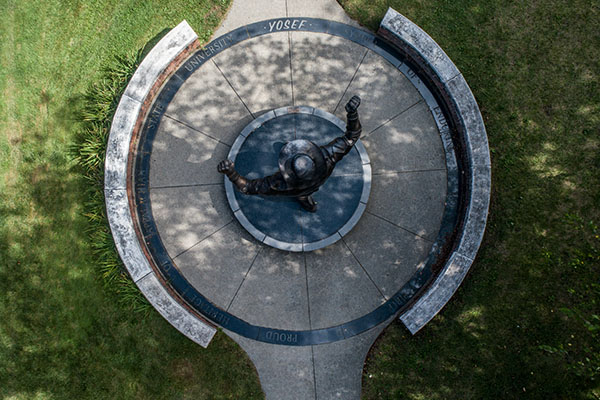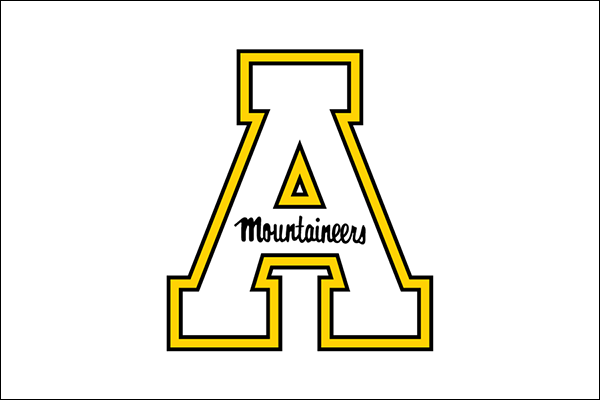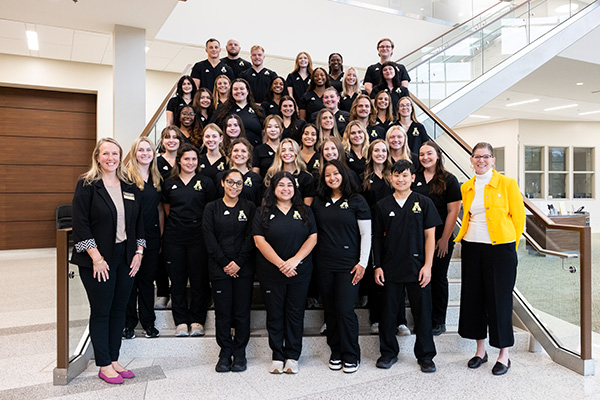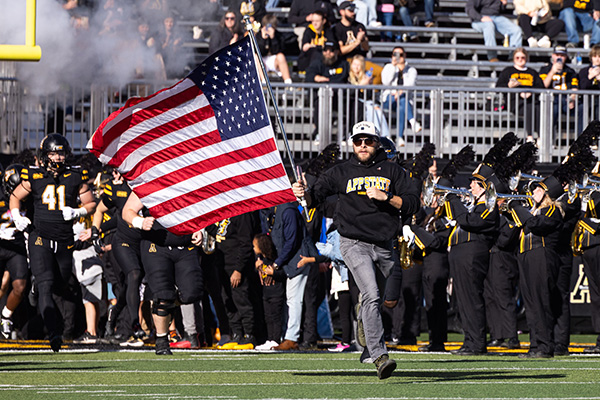BOONE, N.C. — At Appalachian State University, 66% of Mountaineers received some type of financial aid during the 2020–21 academic year. From state and federal grants, loans and work programs, to university and outside scholarships — assistance is available for almost anyone to afford college.
App State’s Office of Student Financial Aid and University Scholarships provides helpful videos, chatbots and financial aid counselors to guide current and future students — step by step — through filling out application forms, meeting deadlines and exploring options for financial aid.
The process for everyone begins by filling out the FAFSA (Free Application for Federal Student Aid), which provides students with access to grants, loans and work-study funds from the federal government for colleges and career schools.
The FAFSA is also used by App State and the state of North Carolina for determining university and state financial aid.
Here are some of the common questions incoming App State students have about financial aid:
1) What options are available for financing my education?
Governmental grants and need-based loans are the most common forms of financial aid for App State students, with eligibility determined by the FAFSA. Loans must be repaid, while grants do not — assuming students maintain enrollment and other requirements.
Merit- and need-based scholarships are available through App State, as well as through outside organizations.
Federal work-study jobs on campus, with earnings paid directly to students, are another option for offsetting education costs. If students do not qualify for federal work-study, other on-campus employment opportunities are available.
Federal unsubsidized loans (see “Types of student loans” sidebar) and private loans from banks or other lending institutions may be pursued, without demonstrating financial need.
2) When do I apply for financial aid and scholarships?
“Sooner is better,” said Wes Armstrong, senior director of App State’s Office of Student Financial Aid and University Scholarships.
FAFSA begins accepting applications from current and prospective college students in early October. Students should submit the FAFSA as early as possible to maximize potential for financial aid, as some funds are available on a first-come, first-served basis. Applicants do not need to complete their current year tax returns before filling out the FAFSA, as the form requires information from earlier tax returns. The application is free, and students do not have to be admitted to a school prior to applying for financial aid. While students have until the end of June prior to fall enrollment to submit their FAFSA, less money is available at that point.
Institutional scholarships — including App State’s signature scholarships — are tied to admission, so students must meet the Early Action admission application deadline in the fall prior to submitting applications for scholarships.
For key application dates concerning financial aid, institutional scholarships and admission to App State, visit:
3) What are the best resources for locating and obtaining scholarships?
Armstrong encourages students to apply for scholarships outside the university, which are available from local civic groups and organizations, employers and other sources.
At App State, university and departmental scholarships are available for first-year, transfer and continuing students.
Students complete one Common Application for all first-year App State signature scholarships and selective academic programs. Applications are reviewed by the financial aid office, then disseminated to individual scholarship categories according to the students’ qualifications, interests and engagement.
When in doubt, apply. “Every early admission student should apply for scholarships,” Armstrong advised. “If you don’t put your name in, you’ll never know.”
Students should apply for as many scholarships as possible, even if they don’t think they meet every qualification, Armstrong said. “Some of these outside scholarships go unclaimed, because they don’t have enough applicants,” he said.
4) When will I find out about my financial aid, and when is it paid?
Incoming students who have been accepted for early admission to App State will be notified in March about their financial aid and scholarship offers. In April, all students — incoming and continuing — will receive an official financial aid overview in their university web portal, AppalNet.
After reviewing, the student must accept or decline all or part of the aid amount. Loan offers reflect the maximum amount available; however, the student may opt to accept a lower amount, based on their estimated costs.
Financial aid, loan and scholarship disbursements are paid directly to the university and applied first against tuition and fees. About a week before the beginning of the semester, the student will receive a check or direct deposit for any leftover funds and may use them to pay for living or other expenses.
5) If I don’t qualify for financial aid my first year, may I apply again in subsequent years?
Students can apply for financial aid each year by filling out the FAFSA. Financial circumstances can change, and students who do not qualify for grants or loans one year may qualify the next.
Students who received financial aid for their first year must update their FAFSA each subsequent year.
Also, scholarships and grants designed for upper-level students are available through various programs and clubs.
What do you think?
Share your feedback on this story.
About Appalachian State University
As a premier public institution, Appalachian State University prepares students to lead purposeful lives. App State is one of 17 campuses in the University of North Carolina System, with a national reputation for innovative teaching and opening access to a high-quality, cost-effective education. The university enrolls more than 21,000 students, has a low student-to-faculty ratio and offers more than 150 undergraduate and 80 graduate majors at its Boone and Hickory campuses and through App State Online. Learn more at https://www.appstate.edu.















